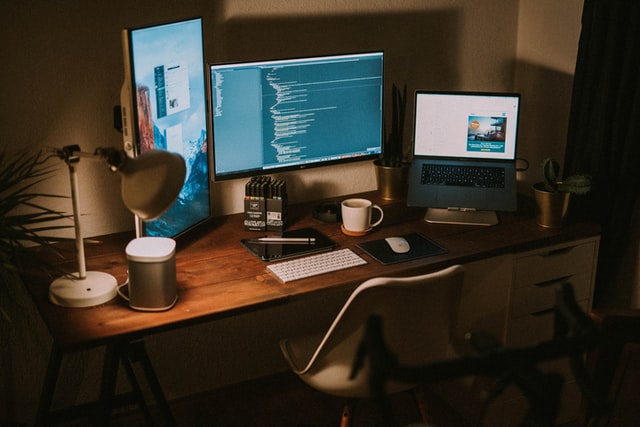When you first buy your new computer, the last thing you want to do is spend hours and hours trying to set it up, right? Follow these simple steps to get your computer set up in no time flat.
Put everything together
It’s hard to believe that more than 25 years after personal computers became popular consumer products, there are still people out there who have never used one. If you’re setting up your computer for someone who’s brand new at using these machines, or if you just want to refresh your own skills with a quick guide on computer setup, follow these tips and tricks. This easy guide will help anyone get going right away!
Connect your monitor, keyboard, mouse and speakers
One of these days, we may be able to use wireless peripherals, but we’re not there yet. All four peripherals should plugin directly into your motherboard. If you’re using an older computer, you might need an adaptor or converter as well—and if you have any trouble figuring out how all of them work together, just do some Google research on computer setup and the model number of the computer. Otherwise, sit back and relax—you’ll soon have access to your machine.
Information about setting up other computer components: After all of those peripherals are hooked up, it’s time to attach external hard drives (for file storage), add memory and even choose a graphics card if you want more performance power from your PC games.
Install an operating system
The biggest piece of any computer setup is installing an operating system, so you should start there. There are many operating systems that can fit your needs; you don’t need an expensive one. Choose one that fits your computer’s specifications and is easy to use. Popular choices include Windows 10 and macOS (formerly OS X). On both, you will have a variety of options when it comes to creating user accounts and other settings. If you aren’t familiar with computers or setting them up from scratch, follow a tutorial on YouTube or take some classes at your local community college. It might seem overwhelming at first, but once you get through it, everything else will be much easier.
Set up a user account
Computer setup varies from one computer to another, so we can’t provide you with step-by-step instructions. The quick and dirty version of setting up your computer is as follows: Sign in (or sign up) for an account that has administrative privileges—this is typically called an administrator or user account. Create another account if you want separate permissions on your computer.
Do a quick scan with anti-virus software
Remember when computers used to come with anti-virus software pre-installed? Those days are long gone. Anti-virus software is now widely available, and you should have it on your new computer—right out of the box. Do a quick scan once everything is installed. This way, any potentially harmful software that slipped past your defenses gets caught before it has a chance to cause problems. You’ll want an anti-virus program that’s effective against viruses, worms, Trojans, and other forms of malware—and one that’s compatible with any other security software (anti-spyware) you may use. Ask friends and colleagues what they use and whether they like it or not.
Update your drivers and operating system
If you’re setting up a new computer, run Windows Update and check your manufacturer’s website. Updates should be downloaded and installed before you connect your device to Wi-Fi. A number of malware attacks in recent years have been caused by unpatched software on devices connected to insecure wireless networks. When downloading files, you might also want to consider using BitTorrent Sync or other services with end-to-end encryption and authenticated servers instead of file-sharing services such as Dropbox or Google Drive.

